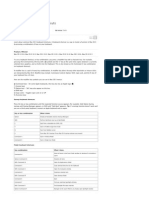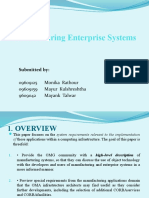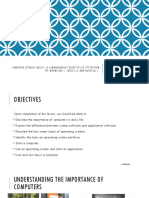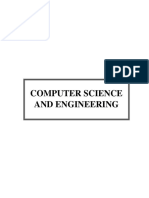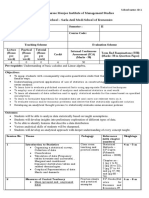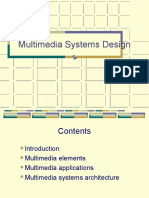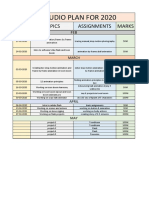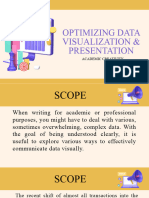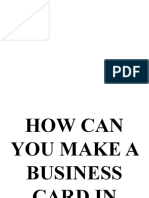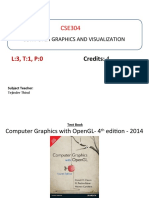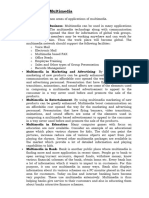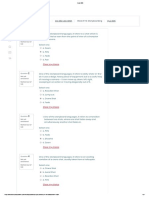0% found this document useful (0 votes)
295 views46 pagesMultimedia and Web Design Lecture 1
Lecture notes or slides
Uploaded by
bklodoCopyright
© © All Rights Reserved
We take content rights seriously. If you suspect this is your content, claim it here.
Available Formats
Download as PDF, TXT or read online on Scribd
0% found this document useful (0 votes)
295 views46 pagesMultimedia and Web Design Lecture 1
Lecture notes or slides
Uploaded by
bklodoCopyright
© © All Rights Reserved
We take content rights seriously. If you suspect this is your content, claim it here.
Available Formats
Download as PDF, TXT or read online on Scribd
/ 46






